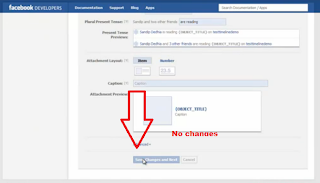

While most of us are aware of the idea of a digital footprint and how difficult it is to scrub your personal information from the web, many were outraged in that Facebook was collecting data in a way which they didn’t expect or consent to – especially for people who don’t even have a Facebook account in the first place. The ArchLinux wiki provides an interesting article about Systemd timers.With the recent Cambridge Analytica scandal regarding Facebook’s use of private data, the issue of privacy came back to the forefront. Pass -all to see loaded but inactive timers, too. Thu 00:00:00 CET 44min left n/a n/a backup.timer rvice To get some information about our backup timer, type: # systemctl list-timers backup* With the RHEL 7.2 release, a new command is available to get some additional information about timers. Sources: Borrowed from a very good article by Jason The Graham, with the help of the systemd.timer and systemd.time man pages. If you decide to change the backup frequency, after modifying the OnCalendar value, don’t forget to type: # systemctl daemon-reload If you want to run the backup script at any time, type: # systemctl start backup To check if the backup timer is running, type: # systemctl is-active backup.timer To check if the backup timer is enabled, type: # systemctl is-enabled backup.timer ExecutionĪctivate at boot and start the backup timer to get your website backed up every day: # systemctl enable backup.timer Date SyntaxĮach of the previous options uses the date syntax below: Minimal form Normalized form With RHEL 7.3 comes the RandomizedDelaySec option, which schedules an event to occur later by a random number of seconds to spread workload over a longer time period and avoid several events executing at the same time (BZ# 1305279).


bin/tar -selinux -czvf /var/www/backup/backup-$DAYMONTH.tgz /var/www/html &>/dev/null Let’s assume that you want to launch a backup script of your apache website every day.Ĭreate the /var/www/backup directory: # mkdir /var/www/backupĬreate the /var/www/backup/backup.sh file and paste the following lines: #!/bin/bash This feature is meant to work with services but can be used for anything else.


 0 kommentar(er)
0 kommentar(er)
